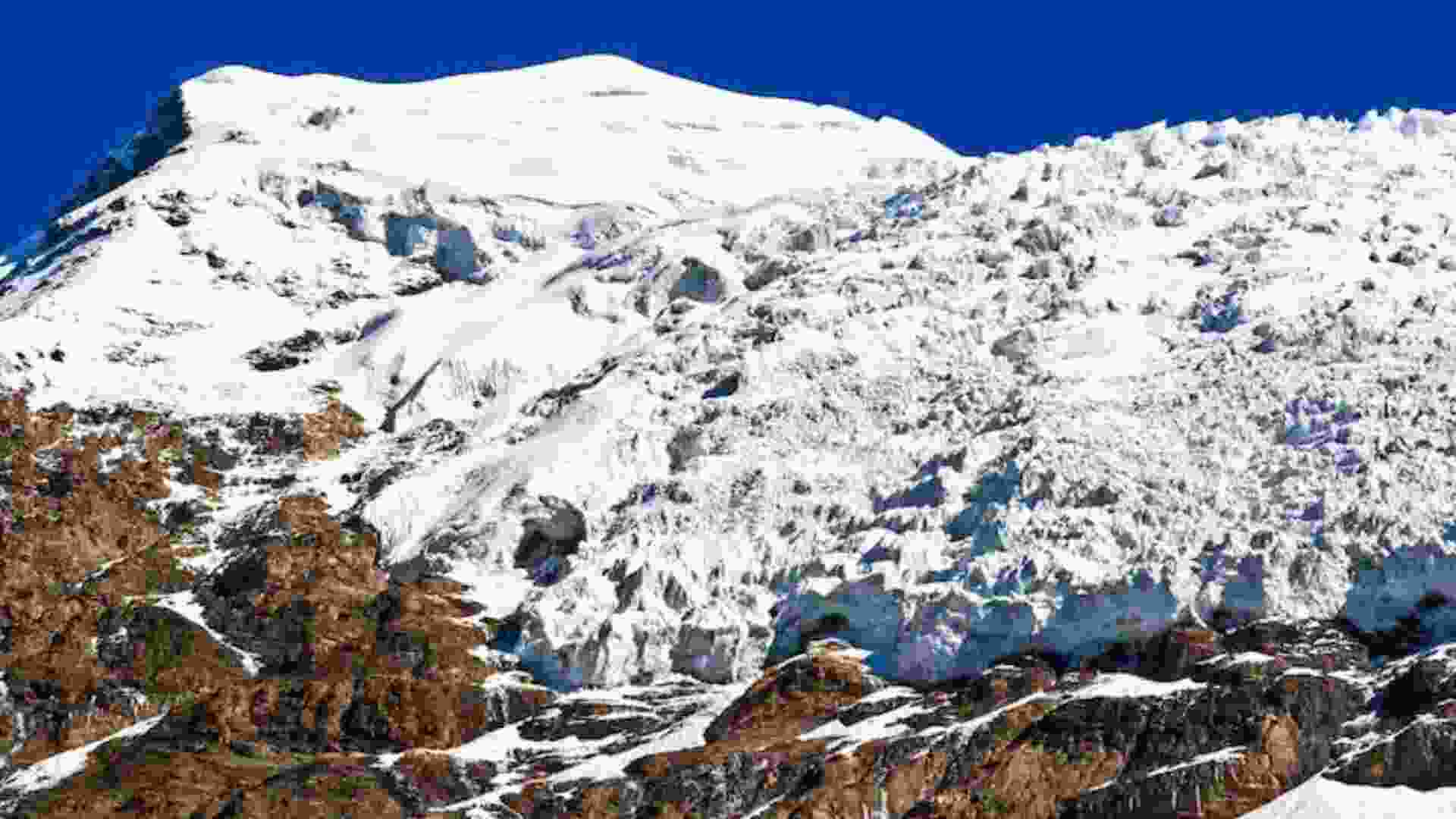
Researchers have discovered nearly 1,700 ancient virus species within the Himalayan glacial ice, according to a new study published in Nature Geoscience. The majority of these viruses were previously unknown to science. This finding emerged from viral DNA remnants found in ice cores extracted from the Guliya Glacier on the Tibetan Plateau, located nearly four miles above sea level. Scientists aim to explore how viruses adapt to climate changes and predict future virus behavior in light of ongoing climate shifts.
“Before this work, the connection between viruses and large-scale climate changes had remained largely unexplored,” stated ZhiPing Zhong, a research associate at The Ohio State University’s Byrd Polar and Climate Research Center, as reported by Newsweek. He added, “Glacial ice is so precious, and we often don’t have the large amounts of material required for virus and microbe research.”
The study reveals how these ancient viruses adapted and evolved through significant climatic changes. The viruses, discovered in 2015, span nine time periods over the past 41,000 years, covering three cycles of cold and warmth. One viral community dated back to around 11,500 years ago, when the climate was transitioning from the Last Glacial Stage to the warmer Holocene epoch.
“This indicates a potential link between viruses and climate change,” Zhong noted.
Additionally, about a quarter of the viruses found in the ice cores matched species discovered elsewhere, suggesting they may have been transported from regions like the Middle East or the Arctic.
Researchers are hopeful that this discovery will enhance their ability to predict how contemporary viruses might respond to climate change in the future. “This science provides a new tool for answering fundamental climate questions that were previously beyond our reach,” said Lonnie Thompson, a professor of earth sciences at Ohio State.
Elsewhere, ancient viruses trapped in permafrost have also been uncovered, including in Siberia. While this raises concerns about potential human infection as permafrost and glaciers melt, experts believe these ancient viruses likely infected bacteria rather than animals or humans.














